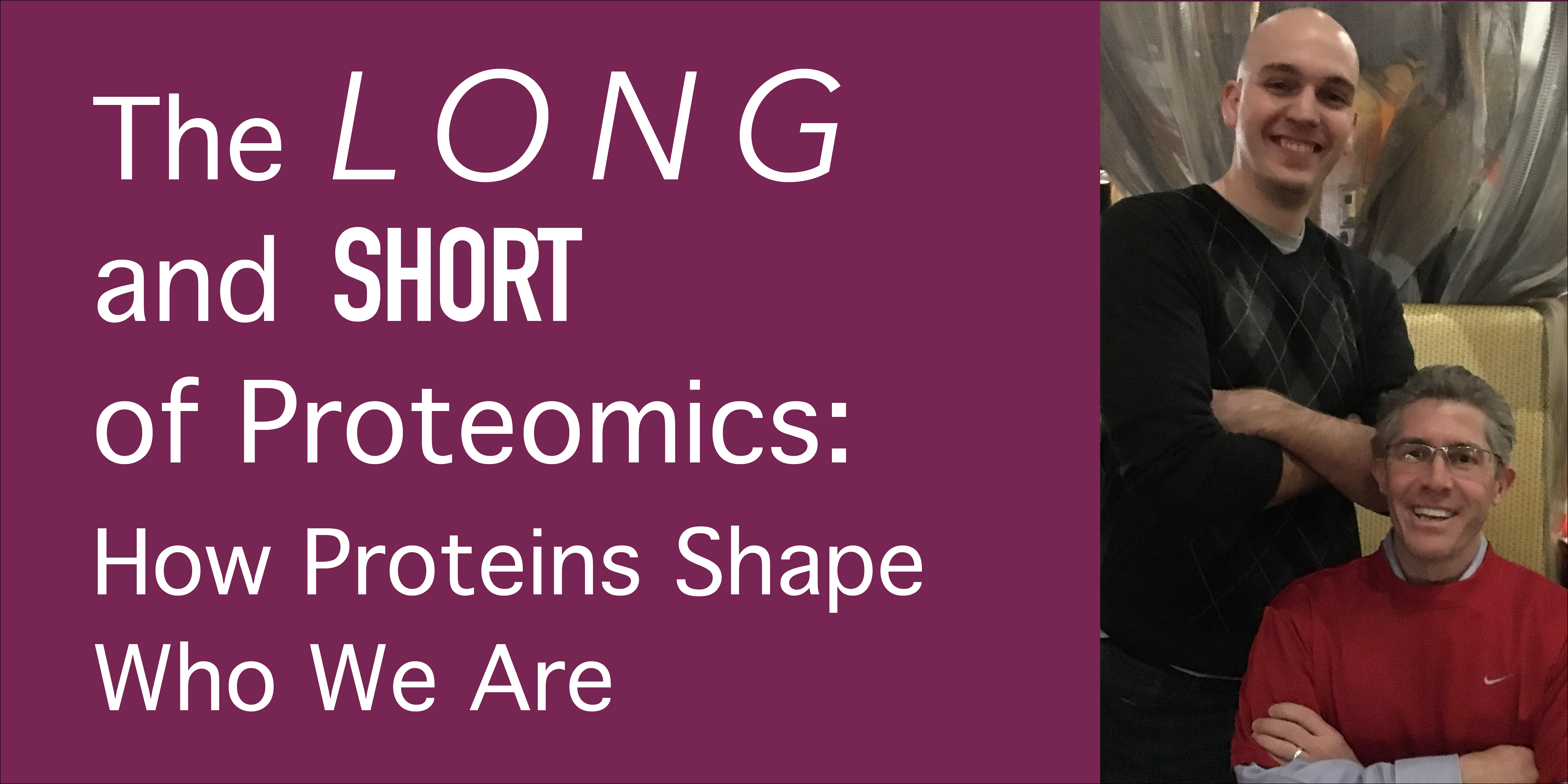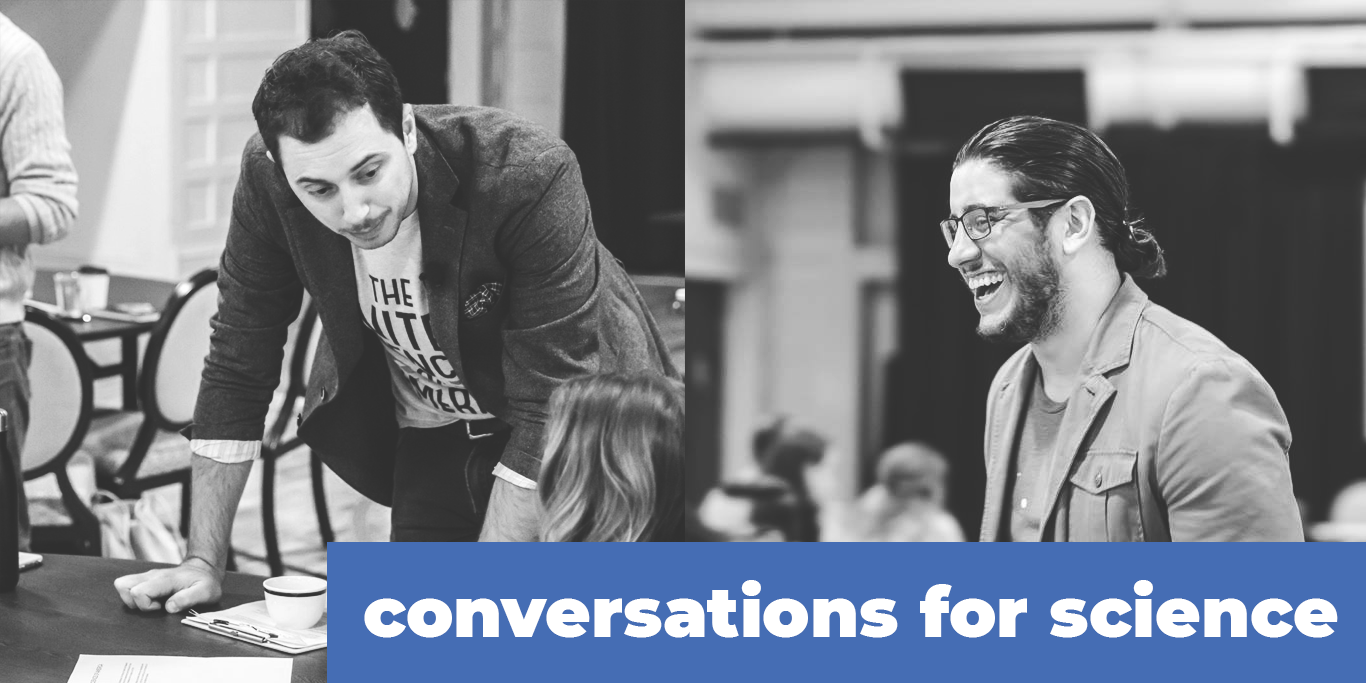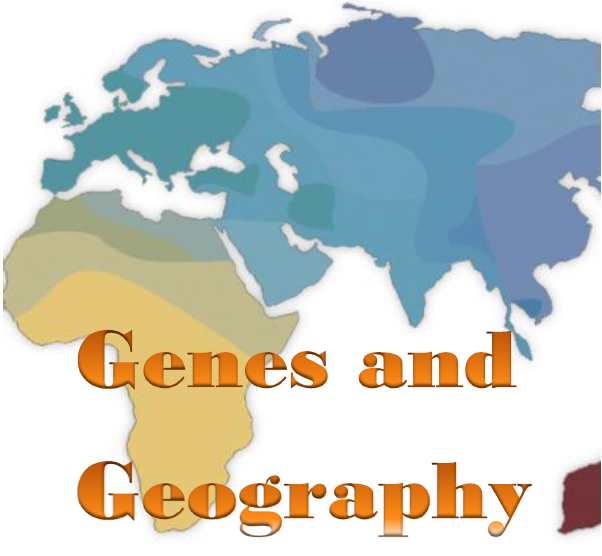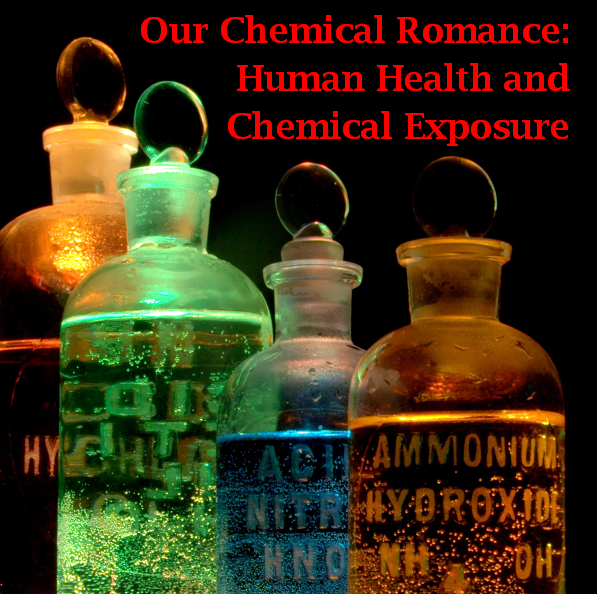
The smell of roses, the taste of chocolate, and a touch of lipstick all have a few things in common. Of course, these items are often associated with Valentine’s Day, but they also are a great example of the various ways we are exposed to chemicals in our everyday lives. In this Science Speakeasy, we will evaluate the entire journey of some common chemicals, from point of manufacture to human exposure, and understand how risk assessors and regulators determine the safety of a chemical before its introduction into the environment and market
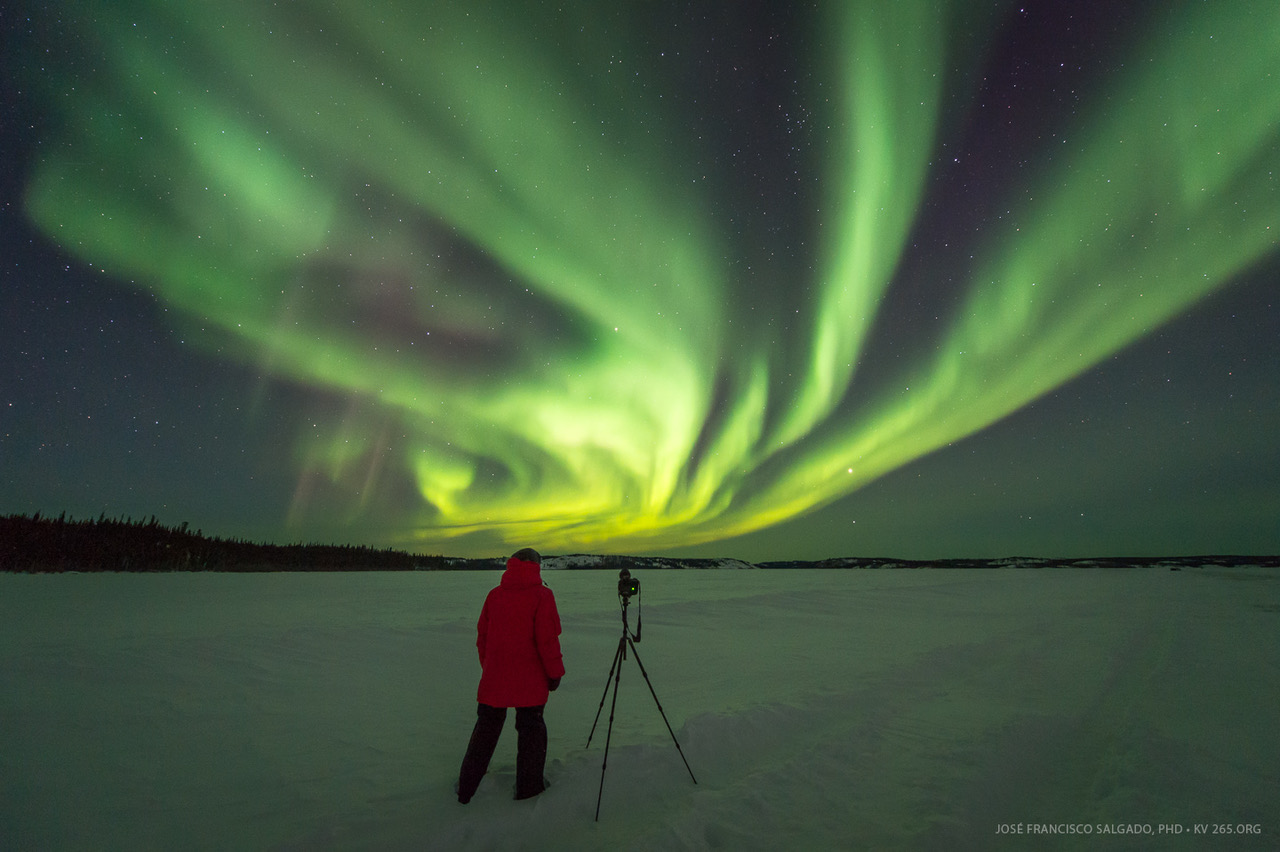
Since 2012 astronomer José Francisco Salgado has been photographing the Northern Lights from Canada, Alaska, and Iceland, as part of his work communicating science through the arts. So far, his Northern Lights films set to music have been presented with orchestras in 13 cities in four countries and have reached a combined audience of 130,000 people. Continue reading “In Awe of the Northern Lights”
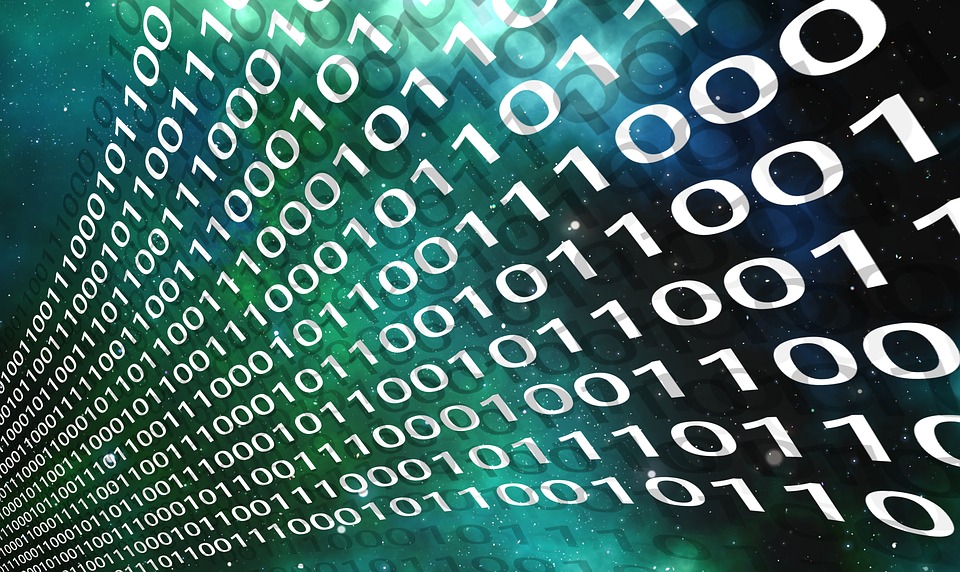
Watch the event here!
Over the past two decades, technology has had huge impacts on almost everything we do — everything except participate in our democracy. When it comes to the voting booths, things look a lot like they did in 1996, and changing that scene is really hard to do. Come talk about the role technology plays in our democracy: from campaigns to voter registration to election day, this space is ripe for innovation. The time is now. Continue reading “Technology and Politics”
